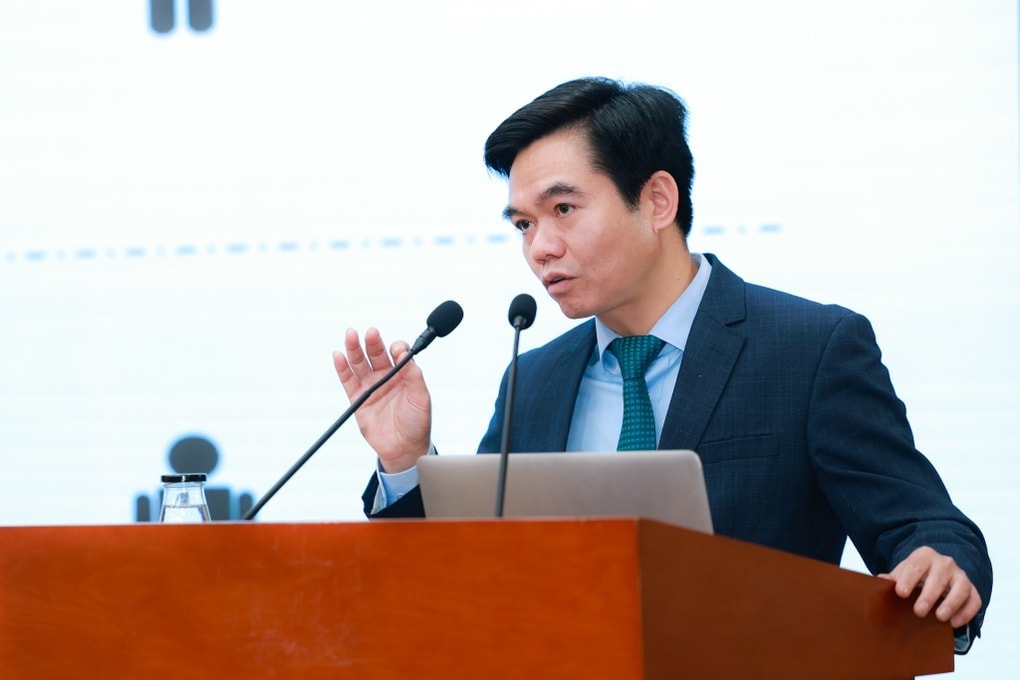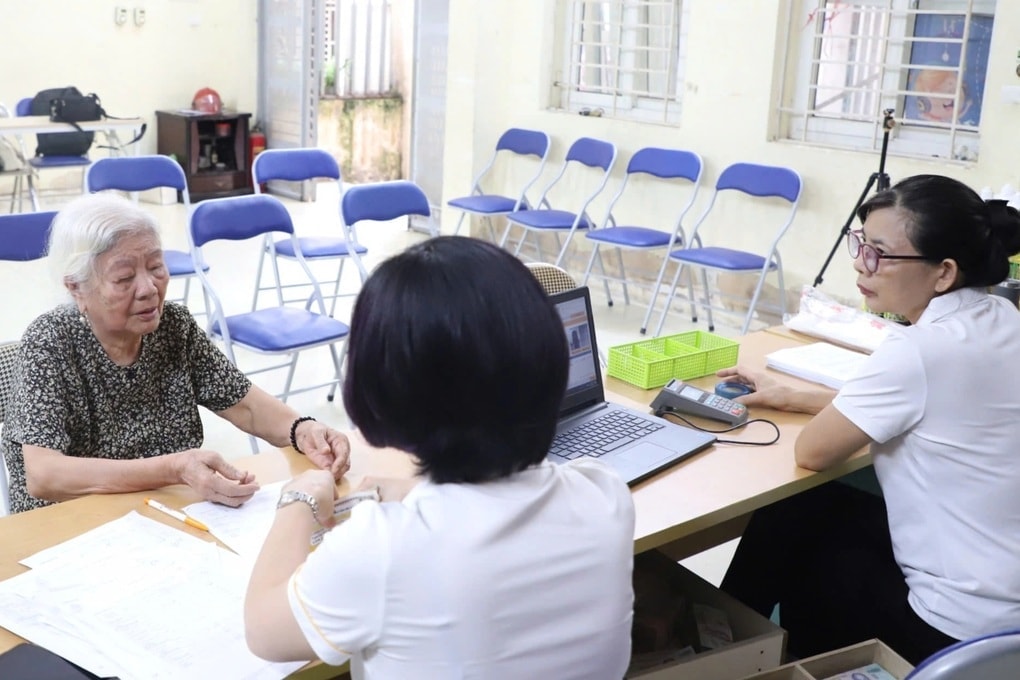The Social Insurance Law 2024, which is about to take effect, has added social benefits and pensions to form a multi-layered social insurance system.

Policy Gap
At the Conference on dissemination and implementation of the Trade Union Law 2024 and the Social Insurance Law 2024 held on the morning of February 5, Mr. Pham Truong Giang, Director of the Department of Social Insurance (Ministry of Labor, War Invalids and Social Affairs) said that the Social Insurance Law 2024 comprehensively reforms and institutionalizes 25 contents in Resolution No. 28-NQ/TW (on reforming social insurance policies).
The 2024 Social Insurance Law has added social pension benefits, added tiered linkages, increased employee benefits by expanding the scope of compulsory social insurance participation to 5 groups; added maternity benefits to the voluntary social insurance policy; increased opportunities for retirement at the right age for those who participate in social insurance late...
Mr. Pham Truong Giang said that previously, the average number of retirees was about 99,000-100,000 new people/year. Since Resolution No. 28-NQ/TW came into effect and the retirement age was institutionalized in the 2019 Labor Code, the number of new retirees has dropped to 77,000 people/year.
According to statistics, the average life expectancy of pensioners is about 78 years old, 4-5 years higher than the average life expectancy of the whole country.
"This shows that pensioners have better quality of life, better health care and longer life expectancy," said Mr. Giang.
According to the Director of the Department of Social Insurance, through the summary of the 2014 Social Insurance Law, there are still gaps in social insurance policy coverage.
Accordingly, there are about 8 million elderly people who have not yet received monthly benefits, leading to extremely difficult lives.
Therefore, the Social Insurance Law 2024 aims to cover these 8 million people, achieving the goal set by Resolution 28 of moving towards universal social insurance (the entire workforce and all people after retirement age).
Mr. Giang also said that Vietnam is one of the countries with the fastest aging population in the world. It is forecasted that in 2025, for every 6 people of working age (15-59 years old), there will be only 1 person outside of working age. However, by 2055, 2 people of working age will have to support 1 person outside of working age.
This person said: "By 2055, to maintain the current level of benefits, there are only two ways: Children and grandchildren must pay social insurance at a level 3 times higher than the current level; reform so that this group has a suitable level of benefits, reducing the burden on future generations."
Add subsidy tier
Regarding the new points of the Social Insurance Law 2024, Mr. Giang said that the Law has added social pension benefits, forming a multi-layered social insurance system.
Accordingly, the Social Insurance Law 2024 lowers the age of receiving social pension benefits from 80 years old to 75 years old. Some subjects will have their age reduced to 70 years old. In addition, the benefit level will be increased to VND500,000/person/month from July 1.
"Most importantly, people aged 75 and over who do not have a pension will not only receive 500,000 VND/month but will also have their health insurance cards purchased from the state budget for medical examination and treatment," Mr. Giang emphasized.

It is forecasted that about 1.2 million elderly people aged 75 and over will benefit from this policy from July 1 when the Social Insurance Law 2024 takes effect.
In addition, the Director of the Department of Social Insurance added that the Law also has a policy for people from 60 to under 75 years old, without pension, who have participated in social insurance, to receive benefits.
Mr. Giang gave an example of a worker who has participated in social insurance for 10 years, but has not met the minimum requirement of 15 years to receive a pension. However, when they reach retirement age, they will receive a subsidy based on the number of years they have participated in social insurance and free health insurance...
To enjoy this regime, the beneficiary does not receive a one-time social insurance payment and does not reserve the social insurance payment period but requests to receive monthly benefits.
This subsidy is a connecting policy between the social pension subsidy policy and the basic social insurance.
TH (synthesis)